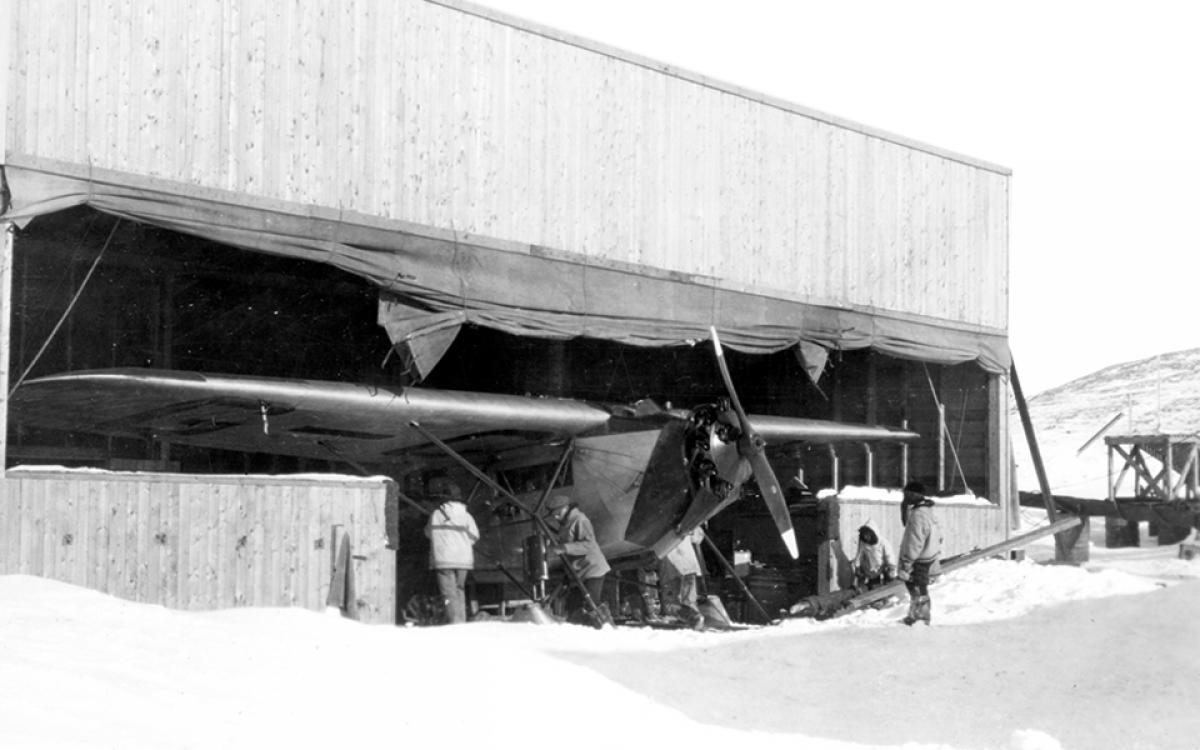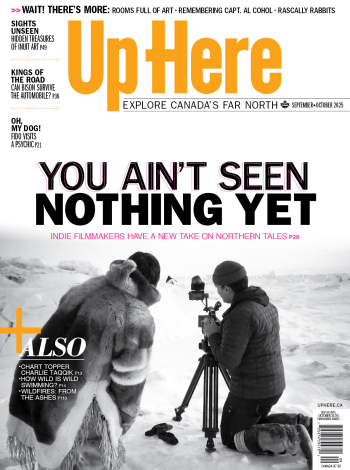America’s brazen forays into Canada’s High Arctic, and fears that Danish paratroopers might rain down to claim Ellesmere Island for Denmark helped to push Canada to organize its first aerial sovereignty exercise. In 1926, it green-lighted an operation to conduct Arctic ice and weather reconnaissance from the skies. But, rightly recognizing the role aviation would play to secure and serve Canada’s least accessible region, the mission was really about learning the ins and outs of flying in the North.
In July 1927, 44 men and six Fokker Universal aircraft—equipped with wheels, floats and skis—left Halifax by ship for the Hudson Strait, between present-day Nunavik and Baffin Island. Fall was turning to winter once the three bases along the coast were built and crews quickly discovered what they’d be up against. “High winds, fog and wing-icing are the bane of the aviator’s life,” writes aviation historian J.R.K. Main, “and the Hudson Strait Expedition was camped on the rim of the cauldron that brewed them all.”
With crude maps and few landmarks among the sprawling, snowy ground below, crews flew through blizzards, landed on ice floes and waited days before attempting a return flight. One crew got lost in a storm, ran out of fuel, and set out by foot, over heaving sea ice and pressure ridges, for the Labrador Coast. But they were going the wrong way—walking east out onto the Atlantic Ocean, believing they were in Ungava Bay and moving toward their Port Burwell base on the Northern tip of Labrador. After wasting one day, they turned around and walked six more days before reaching the coast, subsisting on a walrus shot by an Inuk crewmember—all during the coldest, stormiest stretch of winter, which prevented search parties from making serious rescue efforts. For five more days, the hungry group struggled up the coast before salvation arrived: an Inuk hunter and his wife found them, fed them and arranged a dogsled ride back to the base.
The mission tested the mettle of the intrepid open-cockpit pilots and the machines that got them through the worst of it. In all, crews flew nearly 270 combined hours in 227 separate patrols. And no one died.










